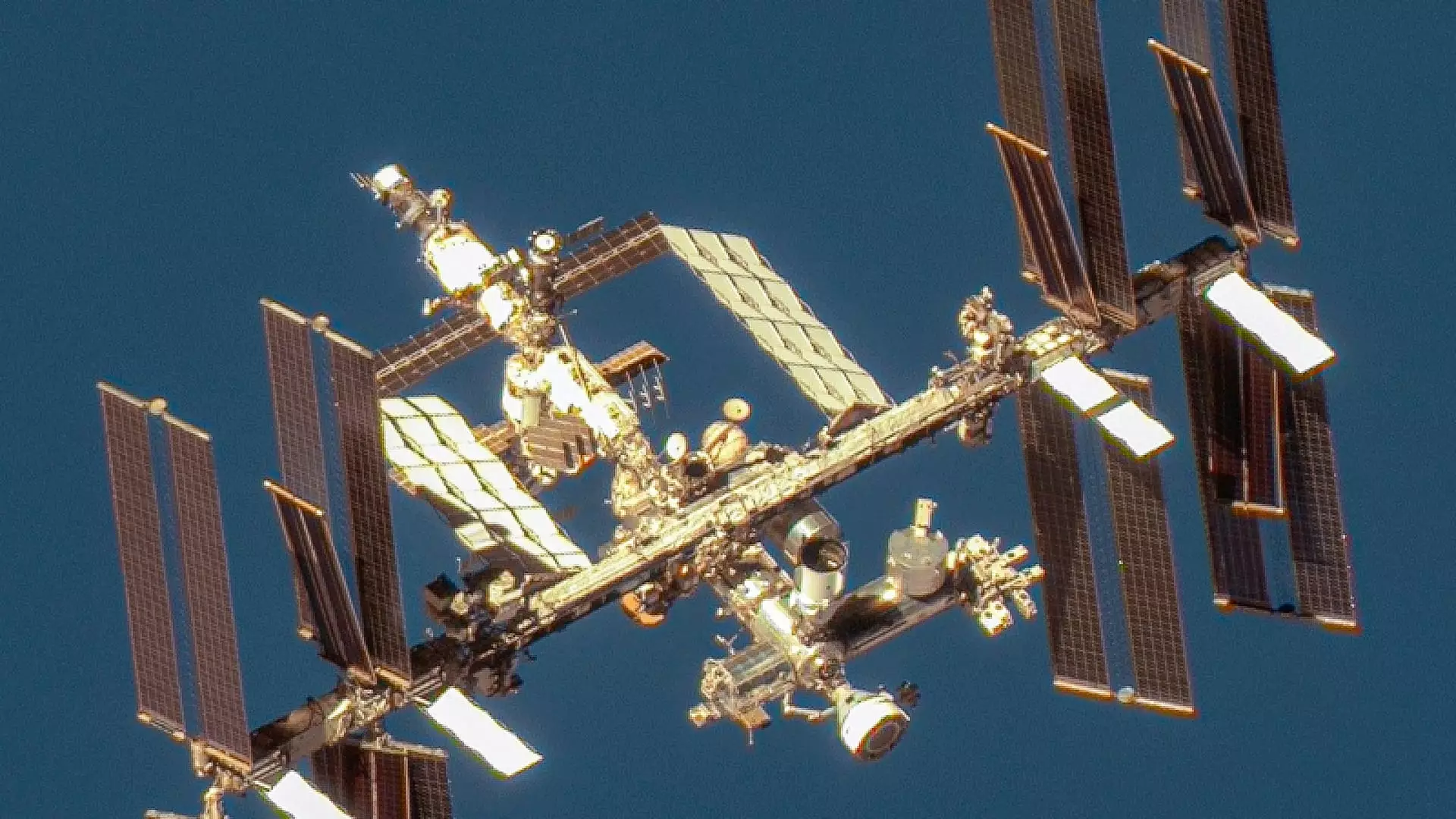NASA recently announced that Boeing’s Starliner capsule “Calypso” will be staying at the International Space Station for a longer duration than originally planned. This extension in mission duration is due to the developmental nature of the mission, known as Boeing’s crew flight test. The company, along with NASA, is utilizing this opportunity to conduct a variety of tests on the Starliner while it is docked with the ISS. Initially, Starliner was scheduled to be in space for nine days, but now it is expected to return to Earth on June 22, making the total duration of the mission at least 17 days.
During the extended stay at the ISS, Boeing and NASA will be conducting various tests on the Starliner capsule. These tests include operating the capsule’s hatch, firing seven of its thrusters, and checking the cabin air temperature. Additionally, the program’s managers and astronauts will be finalizing departure planning and operations during this time. NASA also mentioned that the spacecraft would undergo some “safe haven” testing, although the reasons behind this specific testing were not elaborated upon.
Despite the successful launch of the Starliner capsule, it has encountered several technical issues during the mission. Prior to docking with the ISS, a single leak in Calypso’s helium propulsion system was identified. Although the leak was deemed stable and not a safety threat, four additional helium leaks have occurred since then. NASA has reassured that the capsule has sufficient helium capacity for the return trip, despite the leaks. Another technical issue arose with the spacecraft’s propulsion system, specifically with five of its 28 thrusters malfunctioning. Boeing has since resolved four of the malfunctioning jets, allowing the spacecraft to dock with the ISS.
NASA plans to conduct hot fire testing on seven of the eight thrusters near the spacecraft’s tail before the Starliner undocks from the ISS. These brief bursts of the thrusters will help evaluate their performance. This test will provide valuable data for future missions and certification of Boeing to fly crew on operational, six-month missions. Despite the challenges faced during the current mission, Boeing’s Vice President Mark Nappi expressed confidence in the spacecraft’s capabilities, stating that there is still plenty of margin and time on station remaining.
Boeing’s Starliner capsule was once seen as a competitor to SpaceX’s Dragon, which has conducted 12 crewed trips to the ISS over the past four years. However, due to setbacks and delays, Starliner has now been relegated to a backup position for NASA. The agency plans to have SpaceX and Boeing alternate in flying astronauts to the ISS in the future.
The extended stay of Boeing’s Starliner capsule “Calypso” at the International Space Station presents a unique opportunity for further testing and evaluation of the spacecraft. Despite encountering technical challenges during the current mission, both Boeing and NASA are working together to address these issues and ensure the safety and success of future crewed missions. This mission serves as a crucial step towards certifying Boeing for operational missions to the ISS, solidifying the company’s role in the future of space exploration.

